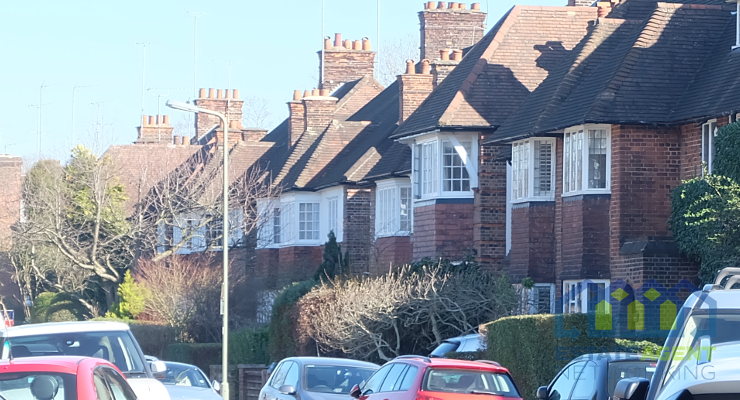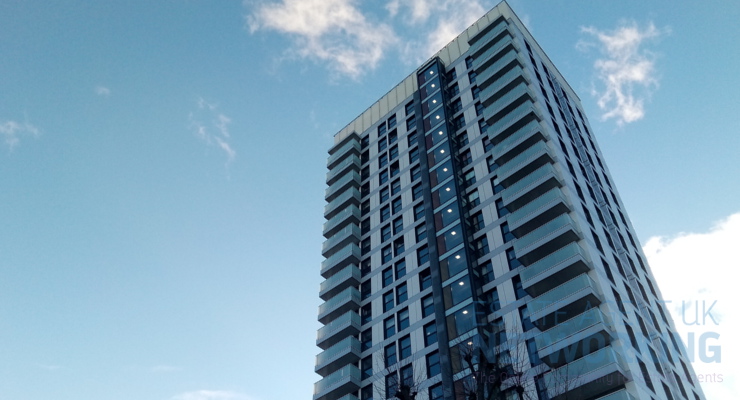Investigating the Conservatory Trend
The first conservatories were grand, standalone structures that housed exotic plants that needed a warmer climate and more sunlight in order to grow. These were large greenhouses in botanical gardens, like the ones seen at Kew Gardens, first formally opened in 1759.
Why similar but pared-down structures eventually made it onto the back of every desirable suburban home in the UK is an interesting question. The conservatory has always been seen as aspirational. But will it remain so? Where we might see new trends ebbing and flowing in the coming years has a lot to do with the rising eco-consciousness of consumers and the technologies provided by glass manufacturers and roofing specialists alike.
More Than Just Extra Space
Adding to the footprint of a family home has always been an important factor in the reasons why people opt for a conservatory. Such a layout means extra indoor space, which overlays the previously outdoor area behind or to the side of the house. But the desire for a fully glazed solution points towards a more nuanced judgement from the homebuilder or homeowner.
Conservatories are not the answer for those that want more space, full stop. Converting a loft, adding a standard extension or simply moving house are all solutions to that problem. What sets conservatories apart is that they are seen to offer a luxury that a standard home does not possess. The added benefit is primarily aesthetic, rather than practical. The practical benefits are important, but if this is all that is wanted, a cheaper solution can be sought through a standard extension.
Housebuilders know this and, throughout the last 40-odd years, conservatories have been on the rise in an incredible way. The aluminium conservatories of the 1970s made way for the standard design that we see today: uPVC-based double-glazed structures situated at the back of the property.
Outdoor/Indoor Space Is Here to Stay
The prevalence of glass structures attached to houses is an obvious reflection of people’s desires to let more light into their homes. In a warmer climate than ours, this type of construction would be inappropriate, and a popular criticism of conservatories, even in this country, is their tendency to heat up too much in the summer and not heat up enough in the winter. This is an important factor when looking at potential future trends — how can conservatories fulfil their purpose without these drawbacks?
The important thing to note here though is that conservatories — or simply the rationale that is fulfilled in having such a structure — are likely going to remain popular in this country for decades to come. The problem with heat retention will motivate innovation, rather than put the industry off. What forms future light-giving structures take is a more important question, and what homeowners do when a conservatory reaches the end of its life is also something that industry leaders need to focus on in the coming years.
Energy Efficiency Is More Than a Trend
Only the best conservatories are remotely energy efficient. It’s a simple fact that bog-standard glass is less energy efficient than a bog-standard wall or roof. A conservatory will likely have a plastic roof, rather than an insulated tiled one. And unless a conservatory was built very recently with triple-glazing, it will be single or double-glazed.
When a conservatory nears the end of its life, these energy-efficiency woes will be at their worst. Homeowners at this point have a decision to make. They may persist with their ailing space at the back of the house — no doubt reading up on plenty of energy-saving tips along the way — or they may take action.
Government estimates suggest that there are just under four million homes with conservatories in the UK, so conservatory replacement, upgrading and even demolition are already huge industries. Which option the majority of homeowners take over the coming decades will be interesting.
Where Do We Stand?
Most conservatory specialists are well-equipped to take on similar work. If you can build and fit a conservatory, you can fit a window, build an extension and so on. The industry is fairly adaptable in terms of changing tastes and trends, as long as we see nothing out of the ordinary.
Where Will We Go?
The most important disturbances in this market will come from innovative design ideas, which specialist firms will have to get their heads around. Using better glass in better-sealed units more creatively and sparingly is a general and predictable trend. What is less easy to predict, though, is the demand for unusual product designs, such as domestic roof lanterns, and innovative research-led product design like self-cleaning glass.
There really are people out there who barely touch the floor of their conservatory because their space is not optimised for a glazed extension. The industry needs to advise customers properly in terms of energy efficiency, and firms that previously specialised in building conservatories need to adapt to the market and begin to offer solutions that fall short of being described as a full-on conservatory.
Adaptability and proper, creative architectural design capabilities will be in higher demand in years to come as we see ageing spaces being modified as conservatory technologies grow old.
About the author:
Pouya Bostani is MD of Premier Roof Systems, a specialist stockist of conservatory roofs, roof lanterns, and all kinds of doors and windows for both trade and domestic customers. Pouya is a leader in the fenestration industry, as well as an entrepreneur in his own right.









